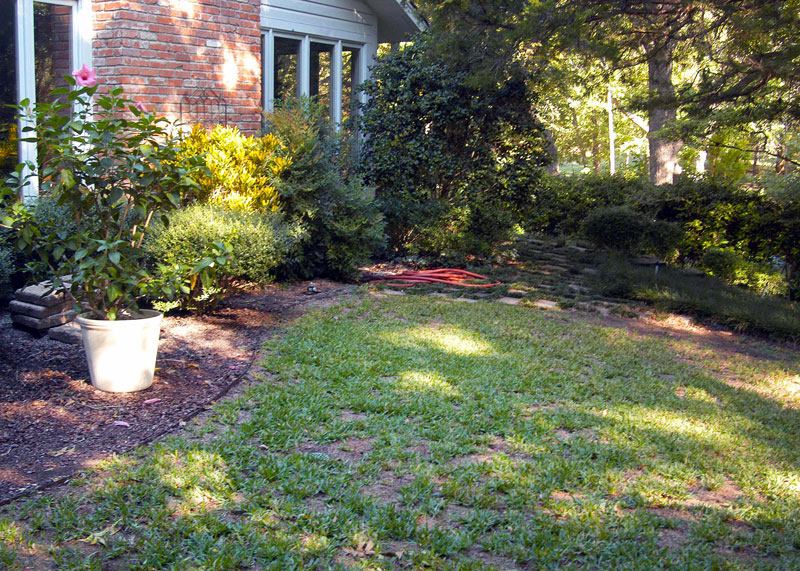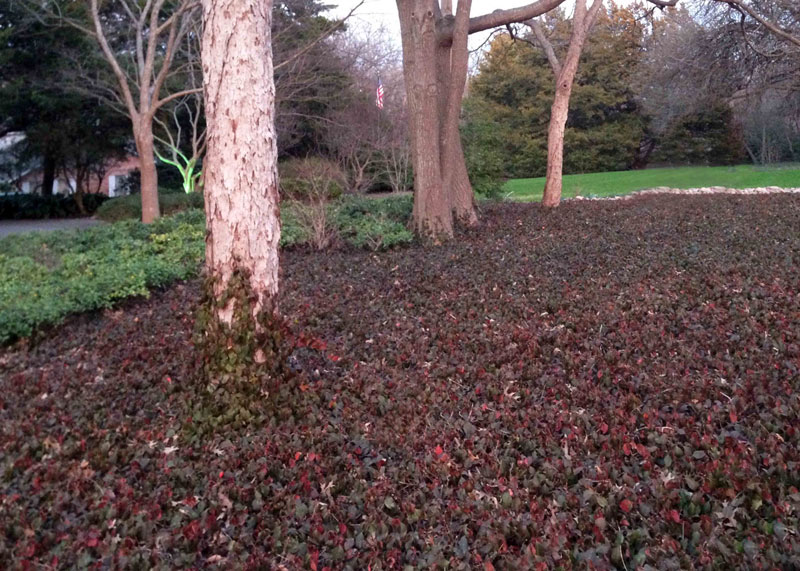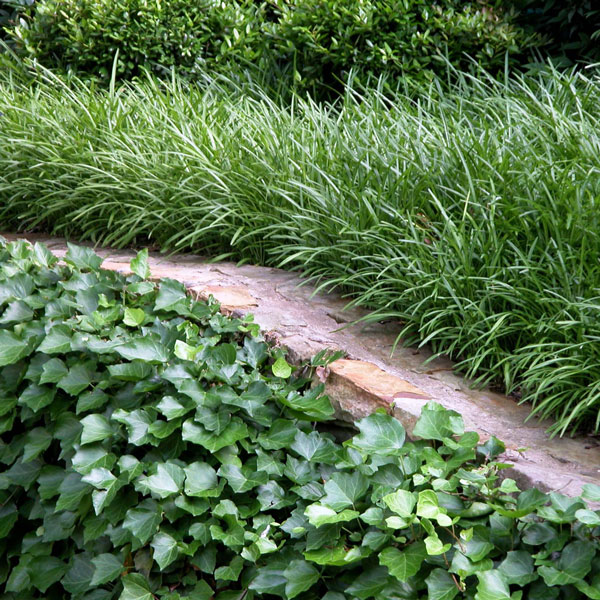My most-asked question of all time
Hardly a day goes by without someone asking me for a recommendation for a great grass to grow in the shade.
Or they tell me they had a fine-looking lawn at one time, but that now it’s mostly bare ground and weeds. I ask if they have trees, they say, “Oh, yes. But they’re not the reason.”
That’s when I know it’s going to be a lengthy discussion. They continue, “But the grass was beautiful there just a year or two ago, and now just look at it….”
I remind them that the trees have grown a lot larger in those couple of years.
They continue, “Yes, but I had the trees thinned so more light could get through them….”
That’s when I usually shut down the dialog, worn out from all the “but-but-but” comebacks. Here’s what I try to explain.

• St. Augustine is our most shade-tolerant turfgrass. However, even it requires 4 or 5 hours of sunlight to thrive in South Texas landscapes and 5 or 6 hours in North Texas.
• The farther north you go in Texas, the harder our winters are on St. Augustine, so the more difficult it is for it to rev up and start growing the following spring.
• If you try to plant new St. Augustine sod in a shaded location, that adds another element of challenge to it. Suddenly it has to cope with all that shade (Strike 1) as well as getting a fresh start on growing (Strike 2), but it also has lost most of its root system in the process of being dug (Strike 3, and it’s probably out).
Where all this leads…
If you have a heavily shaded area, and if grass has failed for you repeatedly there, don’t expect some miracle cure* to that situation.
1. If you’ve tried St. Augustine (or fescue in the Panhandle) and if it has failed;
2. And if you’ve already removed all the branches and unwanted trees that you care to;

3. Then it’s time to turn to a shade-tolerant groundcover that can take the place of the turfgrass.

4. Your best choices of groundcovers to grow in the shade in large areas of Texas include regular mondograss (monkeygrass), liriope, English ivy, purple wintercreeper euonymus, Asian jasmine, ferns and, in South Texas, Algerian ivy and ardisia. Ajuga is handsome, but limit your plantings due to its susceptibility to disease.

* It amazes me how gullible we consumers must be, because there are new “miracle” products that come into the gardening marketplace every spring. They make extravagant claims and they tout unending testimonials from amateurs nobody knows. They assure you they have the turfgrass that will solve all your problems or a product that will cure all your lawn’s ailments. I’ve been in this business a long time, and it’s mostly malarky.
What you want to see is validation by research done by a respected Land Grant university (ag school) showing positive outcomes. Absent of that, don’t waste your money.
